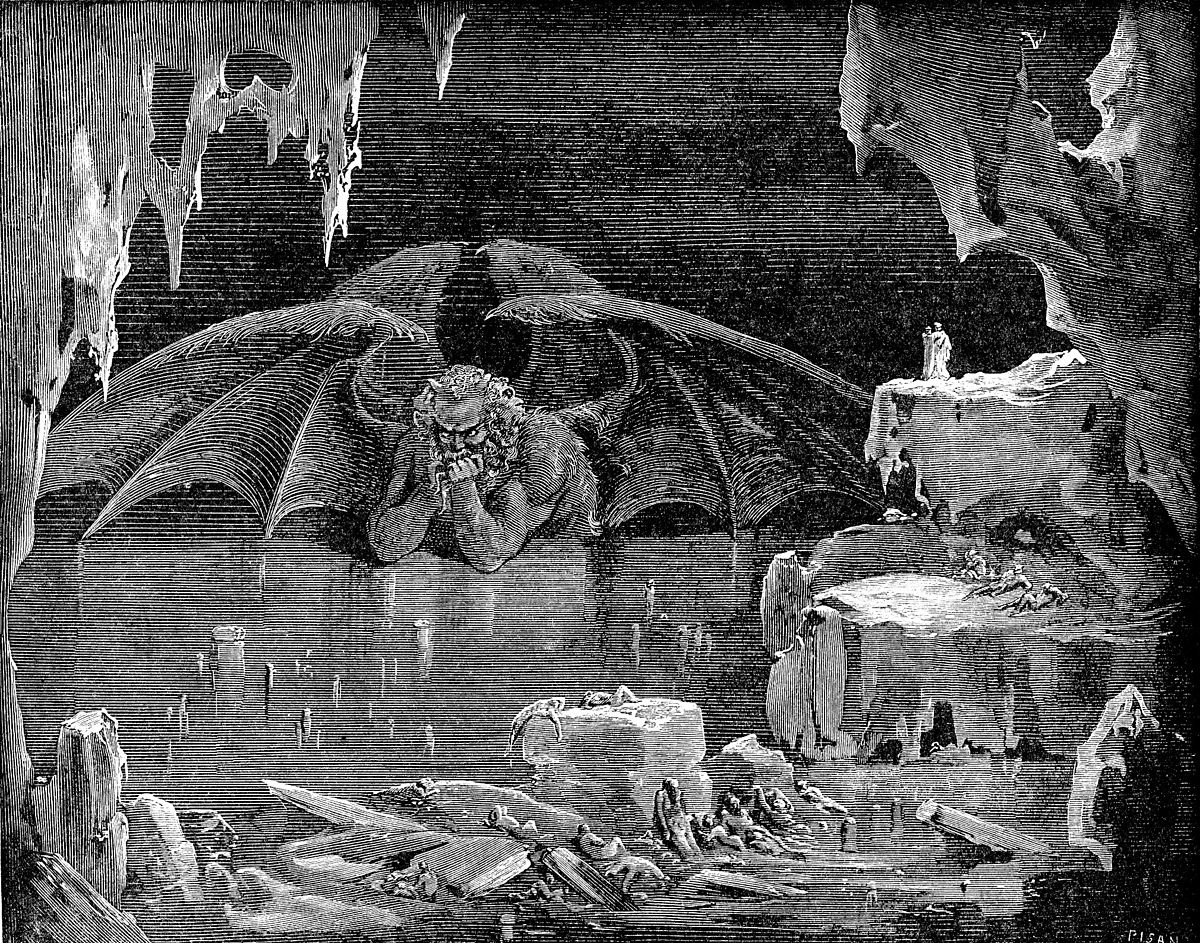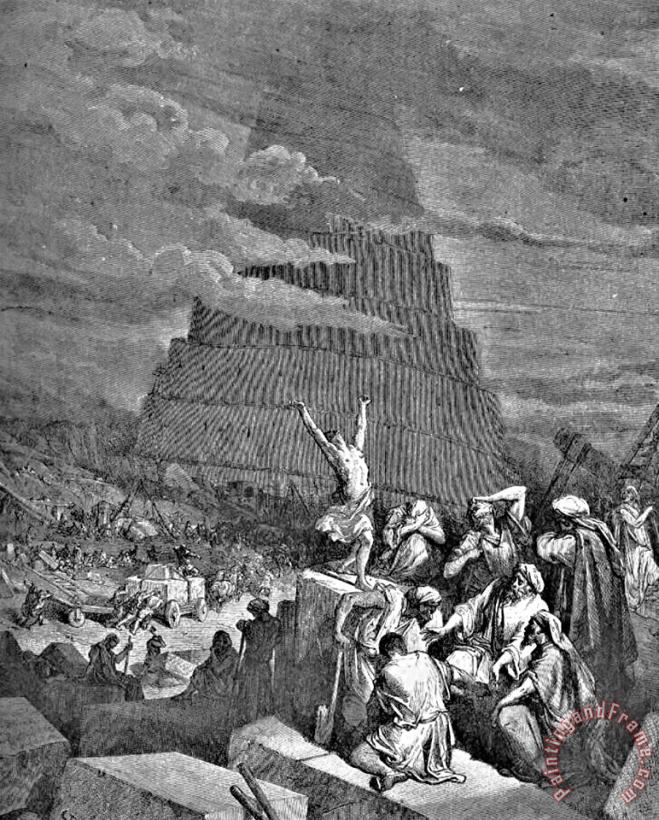The Christian Key to the Tarot
A reader with the Minor Prophetic name of Zachariah remarks: “One of the favorite tricks of the Masons and occultists is to claim Christian icons as their own.”
Hear, hear.
One of the most astonishing revelations to me was that the symbols on the Rider -Waite Tarot cards, surely a foremost example of overcuriousity in all things creepy and occult, were taken directly from Christian iconography.
The alterations of Christian iconography in Tarot cards are the result of occultists’ misappropriation of the Tarot in the late 1700s. It is with a smile of scorn one reads frauds who attribute the cards to Hermes or Solomon, or claim it to have been invented in Egyptian antiquity.
The emblems were current in the culture and well known to the people living in 15th Century Italy, where the card-game of Trumps was first popular — back in the days when people decorated buildings and raised statues in a silent language of commonly known motifs. If you put a crescent moon under the foot of a virgin on a throne, everyone knew who that was.
So all the signs that uses to look so creepy and occult to me, at a single laugh, regain their innocence.
The Trump game had a rule that placed one card higher than another in score value, so to illustrate this the so-called Major Arcanum is just a list of things medieval Christendom placed one above another, sometimes in earnest, sometimes in waggish cynicism.
0 — the Fool in his heart saith there is no God, so he is the lowest card of all. He is depicted as a vagabond with a bindlestaff, being chased by a dog (the common fate of vagabonds) on the brink of a cliff (the common fate of fools).
I — the Magician is not, as Waite pretends, a sign of mastering supernatural powers. It is a sign of a mountebank or gypsy, someone who pretends power he lacks, someone who preys on the poor. Think of how palm-readers have shops in ghettos, next to places selling lottery tickets. The Mountebank is someone who fools no one but the fool, whom he trumps.
II — the High Priestess is garbed in the robes of the Woman from Revelation, who has the moon beneath her feet, and is revealing the scroll of the law. She sits between two bronze pillars erected at the entrance to the vestibule of Solomon’s temple (Kings 7:21). She sits in the doorway to the Old Testament, banishing belief in the mountebank and his superstition, so she trumps him. This is also a card at the beginning of the journey or hierarchy of cards: fear of the Lord is the beginning of wisdom.
In the alternative, this figure could be the Popess or Pope Joan, a notorious medieval symbol of Church corruption, who is merely a mountebank who preys on the pious, hence a mountebank one step higher than the mountebank who preys on fools.
Now, one might object that the pillars of the Temple of Solomon are a prime symbol of the Freemasons, an occultist and anticatholic religion — but that is the point here. These symbols are as images seen in a pool, images taken from Christian reality, but reversed and unreal.
III — The Empress represents secular, worldly authority, but she is here portrayed crowned with twelve stars, which is once again the Woman from Revelation, presumably after her triumph over the Serpent, which is why she is higher than the previous figure, who is merely at the entrance.
IV — The Emperor represents secular, worldly authority, but the man is above the women, so he trumps the Empress. The rams that adorn his throne are Biblical symbols of strength and royal sacrifice — it is a ram that Abraham offers in place of Isaac, for example.
V — The Hierophant is the Pope. The word “hierophant” means one who reveals or teaches sacred mysteries. In medieval thinking (and in mine) the Pope is spiritual authority above secular authority. Pope trumps emperor. (See the Humiliation of Canossa for an example).
VI — The Lovers are Adam and Eve, here depicted in Eden beneath the hands of the archangel Raphael. This image is that of Man before the Fall, which is the state to which Baptism restores one, by removing the stain of original sin. It is the condition into which the teaching of the Holy Mystery in the last card introduces the Christian pilgrim. If Prelapsarian Man does not trump the Pope, the Archangel does.
Or this may be a more sly and cynical symbol, saying the opposite, namely, that the sin of Eden is more potent, more often followed by erring mankind, than the teachings of the Church. Because many a man will turn his back on the Church for the love of a woman. What is more alluring than romantic love? Perhaps the card represents the Sin of Lust.
VII — The Chariot is a symbol of a triumph, a Roman military parade to adore victorious generals. This, of course, the cynical medieval mind finds more alluring than womanly love, for it is all the glories of the world. Chariot, or the pride of the world, trumps lust and any lesser vice, since Pride is the paramount of deadly sins.
Or, in the alternative, we can interpret worldly glory as being the end of the innocence of Eden.
VIII — Strength. The maiden who closes the jaws of a lion is an ancient symbol of Fortitude, first of the Cardinal Virtues. Virtue conquers worldly glory.
IX — The Hermit represents Prudence, the second Cardinal Virtue, here shown lifting his lamp to guide those coming after. Prudence trumps Fortitude because it is a higher virtue.
X — The Wheel of Fortune. This is a crucial medieval symbol, as seen in Boethius and Dante. Note that the Four Evangelists, in their disguises as the Four Living Creatures of Revelation, are seated at the corners of the card.
But here I am at a loss. My learning fails me, for I cannot imagine why fortune is shown as trumping or triumphing over prudence and fortitude, which are the two virtues necessary for resisting and overcoming the ups and downs of changing fortune.
XI — Justice is the next Cardinal Virtue, shown here with her traditional balance pans and two edged sword. I would hope that Justice would triumph over the vagaries of fortune, if not in this life, in the next.
XII — The Hanged Man. This figure is taken from Saint Peter, who was crucified upside down. Worldly justice condemned him, but he triumphs over it by arising as a saint.
On the other hand, this could be the figure of Judas, who hanged himself from a tree, here shown in the traditional posture of dying a traitor’s death upside-down. In him, at least, treason overcame justice and virtue.
XIII — Death triumphs over justice, over hangings, and over everything mortal. The figure of the final horseman of Revelations is shown here trampling king and peasant alike, with only a priest still standing against him.
XIV — Temperance is the final Cardinal Virtue, shown here as the archangel in Revelation who stands on earth and sea. In the cups in his hands, he mingles water with wine, a symbol of temperance. Blood and water also have significance as Christian symbols of baptism and new life. Why this card is here is unclear. It does not, at least to me, seem to be a symbol of anything that is above death nor below the devil.
Indeed, the positioning of the four virtues is puzzling to me. Traditionally, Prudence is the first virtue, followed by Justice, Fortitude and Temperance, and in that order: Temperance without Fortitude is impossible, since one cannot bridle the lion of passion without the strength to close his jaws; such strength without Justice is foolish brutality; Justice without Prudence is draconian.
XV — The Devil, according to Christian lore is the father of Death, since Death entered the world at his contriving, and so trumps him. Here we have the paramount of worldly powers, since we are behind enemy lines, and the Devil is the Prince of this World, ruler of The Middle Air.
XVI — The Tower is the Tower of Babel, shown at the moment when the confusion of tongues, in the form of the lightningbolt of heaven, dashes its foundations of false pride to nothing. The toppling of the sky-high tower of pride trumps the Devil because it is his work being cast down.
XVII — Star is the humblest of heavenly things, which is of course above the sky-high tower. Followed by…
XVIII — The Moon is bigger and brighter than any star, but is still beneath…
XIX — The Sun, here shown as the Christ Child, naked in his innocence, riding the white horse from Revelation when he returns in triumph at ….
XX — The Last Judgment, here shown as archangel Gabriel sounding the last trumpet to awaken the dead out of their coffins. The Last Judgment is above all earthly things, but also above the stars, moon and sun, since a new heaven and a new earth will come.
XXI — The World shown here is the New World, meaning the cosmos to come, the new heavens and new earth to arise after the Last Judgment.
As for the Minor Arcanum, the four suits represent the four classes of medieval society: peasants with their wands, priests pouring out the Eucharist with their cups, burghers with their coins, and nobles with their swords.
Once one sees the overwhelming Christian symbolism from which these things are taken, trying to see them as some sort of syncretic or hermetic symbols of generic masculine or feminine energy, or as astrological or elemental magical signs, or New Age rumfuddle, becomes difficult or impossible.
Each pair of extremes implies the spectrum between, so that everyone between the vagabond and the emperor represents the hierarchy of classes, above the emperor is the pope, but he is subordinate to the vices from lust (the least of deadly sins) to pride (the greatest) but there in turn are trumped by the four virtues. Treason, death and devil rule all things below, but heavenly things are above his cruel reign, which ends with the last judgment and a new heaven and earth, a new world.
There you have it: the most eldritch and pervasive of all occultist symbols turn out to be, not arcane symbols of hidden meaning, but images taken directly from Biblical and classical sources.
There is nothing in oriental or near eastern or Norse mythology to align with these symbols, and the only use of classical mythology symbols are those which were baptized and adopted into common usage by Christendom, such as showing temperance with her mixing bowls, or justice with her sword and balance scales.
There is nothing occult, nothing hidden or magical in it at all. It is a picture version of a sermon, starting with the fool who says in his heart that there is no God, running through the worldly vanities and turns of the wheel of fortune, to those things that triumph over vanity and fortune, then over the worldly rulers of this present darkness, then over betrayal and death and the devil, to those things that triumph over all things, the new heavens and the new earth.
The Tarot deck itself is a corruption, and any good Christian should avoid fortune telling or trafficking with familiar spirits for the same reason he should avoid sodomy and trampling the poor: heaven abominates the misuse of heavenly gifts.
But the thing the occultists corrupted was as innocent and Christian as the illustrated woodcuts in a Gustave Dore Bible, from a card game no more unlawful or untoward as rummy or whist.
The Lovers

Strength

The Devil

The Tower

Last Judgment

The World

